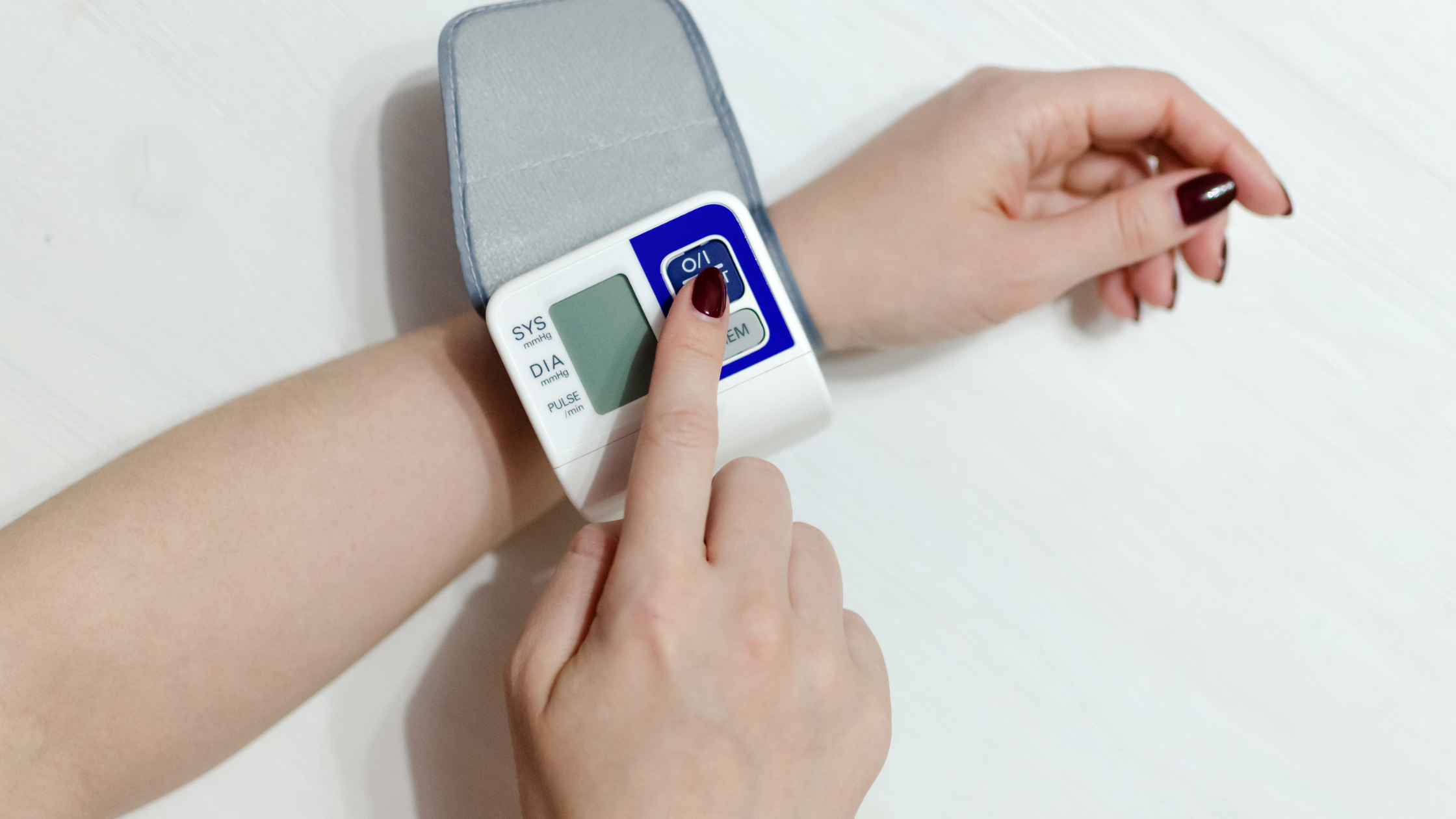Digital therapeutics may sound like just another techie buzz word. But the COVID-19 pandemic caused many people to avoid routine care at provider offices. As an alternative, healthcare providers are looking at what can be done in a person’s home.
I think of ‘digital therapeutics’ as the next stage of telehealth. Initially the goal was simply connecting a patient to a provider so they could avoid an ER or urgent care visit. In the next stage, we can expect that virtual relationship to grow.
The new goal will be to help consumers manage health issues and live healthier lives in between provider contacts. That is where Digital Therapeutics (DTx) step in.

What are ‘Digital Therapeutics (DTx)’ anyway?
‘Digital Therapeutics’ refers to software that delivers evidence-based interventions to patients to improve their health outcomes. These interventions can treat medical and behavioral health conditions, or improve overall health and well-being.
The Digital Therapeutics Alliance (DTA) describes it as a field of Digital Health. It is an umbrella that also covers telehealth, health information exchanges, and mobile platforms in addition to digital therapeutics.
The DTA defines 4 categories of digital therapeutics based on intended use:
- Addressing a medical condition.
- Managing or preventing a medical disorder or disease.
- Optimizing medication.
- Treating a disease or disorder.
A quick example is digital pills that track when you take medication. The digital pill can send that information to your doctor and an app, which encourages you to continue.
Many of the digital therapeutics are packaged as mobile apps. This is for a reason – companies in this space hope to leverage the dependency people on their phones to change health behaviors. The apps extend the patient-provider relationship.

There is hope that digital therapeutics may someday even support the need for more primary care providers and nurses.

How are ‘Digital Therapeutics’ used?
Digital therapeutics can be used by themselves to help with adopting healthier behaviors. But they can also be combined with medications, devices, and other therapies.
Some examples of conditions are:
- Asthma and Chronic Obstructive Pulmonary Disease (COPD) control
- In combination with outpatient treatment for Substance Use Disorder (SUD)
- Neurologic disease or injury
- Insulin dose calculations for Type 2 diabetes
These applications may also be integrated with other functions and platforms, like:
- Mobile health platforms (ex: fitness trackers and nutrition apps)
- Devices, sensors, or wearables (ex: FitBit, AppleWatch)
- Telehealth and medical records platforms
Patients can buy digital therapeutics over-the-counter, but they may require a prescription depending on what they do.


Examples of Digital Therapeutics in action:
BlueStar by Welldoc:
The FDA cleared BlueStar as the first software program for treatment of Type 2 diabetes. Managing a chronic disease like diabetes requires being able to balance many different aspects of health: medications, food, sleep, exercise, and co-morbid conditions.
The diabetic patient also has to monitor blood glucose and responding appropriately.
This software takes information about all of those aspects of a person’s lifestyle and health. It analyzes the information for that individual, and offers personalized recommendations.
The application pulls in data from multiple sources like blood glucose monitors, wearable devices (ex: FitBit), and labs. BlueStar learns over time, so recommendations get more precise each day. It is like having a personal health coach who is always around when you need them.
The app gained a lot of credibility when Welldoc showed it could lower HbA1c by 2 points in some patients. This was more effective than drug management.
Propeller Health:
Also FDA approved, Propeller Health makes a program for COPD-management. Their inhalers are attached to sensors that track when, where, and how often the inhaler is used. It sends that info to the app.
Over time the app learns when you are having flare-ups, and helps manage symptoms and triggers. It also generates a report for your provider. This is an example of pairing the digital therapeutic with the medication to improve outcomes.
Omada:
Omada offers a platform aimed at disease prevention, type 2 diabetes, hypertension, and behavioral health. Similar to the other platforms, it gathers data such as weight, and offers individualized coaching and lessons.
What makes this company a little different is they connect consumers with health coaches based on answers to an assessment. The platform also connects patients to a peer group so they can socialize with people facing a similar health issue. Their diabetes management program engages the patient for 1 year. This is long enough to ensure adoption of healthy habits.
The CDC has approved online programs like these as being as effective as in-person programs.
Big Health:
This software company has 2 solutions focused on behavioral health:
- Daylight: a digital therapeutic app for worry and anxiety.
The user completes an assessment, and the app then takes them through different exercises to address worry and anxiety.
- Sleepio: a digital therapeutic app for poor sleep.
This one has an avatar called ‘The Prof’ who learns about you and meets with you weekly to work on sleep issues. The user will keep a sleep diary, and The Prof will teach techniques based on how the user’s week went. The program takes 6 weeks to complete and offers a peer support network.

What can we expect to happen next with Digital Therapeutics?
Hopefully the potential benefits of digital therapeutics in healthcare are clear. But to be sure, some of the benefits include:
- Providing support where little infrastructure exists: This can be especially helpful in areas with few primary care providers around and issues preventing people from accessing care.
- People achieving their goals because of personalized interventions: Just as people are more likely to buy personalized shopping recommendations, they may be more likely to stick to a treatment program customized for them.
- Convenience: Consumers can engage whenever their schedule permits and wherever they happen to be.

As wonderful as these benefits sound, there are some very real challenges to digital therapeutics adoption. The two biggest hurdles are regulatory approval and insurance coverage.
Issue 1 – Insurance coverage:
Currently only a few insurance plans cover these therapies. Medicare and Medicaid do not reimburse for them. There was a push during the pandemic to make these treatments more widely covered because of the potential to replace some in-person visits.
Some regulators are starting to realize the potential to fill gaps for people with chronic illness and help with managing symptoms.
Issue 2 – Regulation:
The Digital Therapeutic Alliance (DTA) is pushing for regulation of products approved for treating a specific condition. They want to prevent software makers from making any false claims – like saying their app can cure diabetes.
Members of this group follow these principles:
- Prevent, manage, or treat a medical disorder or disease.
- Produce a software-driven intervention.
- Include end users in development and usability studies.
- Publish trial results in peer-reviewed journals.
- Make claims appropriate to clinical validation and regulatory status.
- Incorporate real world evidence and product performance data.
The FDA sees most of these applications in the US as ‘medical devices’ so they must go through that approval process. The difficulty of obtaining approval depends on the consequences if the digital therapeutic fails, and how similar it is to existing therapies. Newer therapeutics take longer to approve.

Key Takeaways
Digital therapeutics hold a lot of promise. As healthcare consumers demand more care away from provider offices, this emerging area of digital health will likely grow.
The biggest shift will come if payers, particularly Medicare and Medicaid, start covering these treatments. As more companies prove their treatment works as well if not better than conventional methods, we may see payers jumping on board.
It is worth having this term on the radar since we now live in a world that is more digital than ever.

Like this topic? You may have what it takes to be a great Informatics Nurse! Here are two ways to get started:
Option 1: Sign up for Career Coaching! If you would like hands-on help planning your Nursing Informatics career, apply for one of my career coaching packages or book a Coaching Call. Check out my Services page for more information.
Option 2: Check out From Bedside Nurse to Informatics Nurse: A How-To Guide available in our online store.






Digital therapeutics is an expanding industry in the way of healthcare. It is a nice tool to have, especially for people who don’t live near the necessary health providers, or for people who don’t want to have to go to the doctor. It will become a more normal way of healthcare if Medicare and Medicaid start covering them, as stated above.
It definitely will, Wyatt. In fact, the health insurance plan, Highmark Blue Cross Blue Shield, recently announced they are expanding access to a digital therapeutic called Freespira. Freespira trains people how to breath differently during a panic attack, and is being used for people with chronic anxiety and PTSD. You can read more about it here. It is incredibly fascinating.